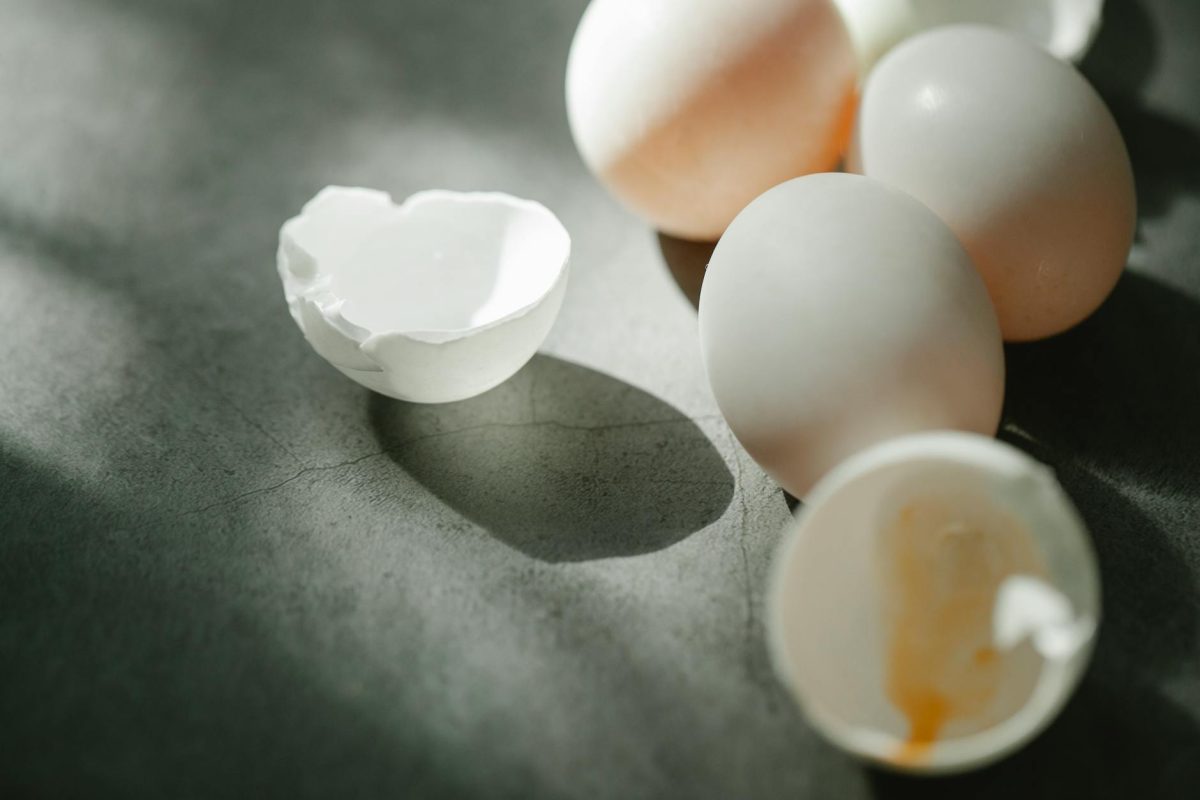Unveiling the World of Chicken Egg Science
Chicken eggs have long been a staple in diets worldwide, but did you know that they can also be a fascinating subject of scientific study? From their composition to the way they are formed, eggs hold a world of knowledge waiting to be explored. Join us on a journey through the intricate world of chicken egg science, where we uncover the secrets of these egg-cellent engineers.
The Formation of Chicken Eggs
To understand the science behind chicken eggs, it’s important to delve into how they are formed. The process begins in the hen’s ovary, where yolk and albumen (egg white) are produced. The yolk moves into the oviduct, where it is enveloped in layers of albumen and membranes before being encased in a protective shell. This entire process takes around 24 to 26 hours, during which the egg is slowly but meticulously constructed.
The Chemistry of Chicken Eggs
One of the most intriguing aspects of chicken egg science is the chemistry behind these delicate structures. Eggs are a rich source of proteins, vitamins, and minerals, making them a nutritious addition to any diet. The egg white, or albumen, is primarily composed of water and proteins like ovalbumin, ovotransferrin, and ovomucin. The yolk, on the other hand, contains fats, cholesterol, and essential nutrients such as vitamins A, D, and E.
The Anatomy of an Egg
Cracking open an egg reveals a complex structure designed to protect and nourish the developing chick. The shell, made primarily of calcium carbonate, shields the contents from outside harm while allowing for gas exchange. Beneath the shell lies the inner membrane, followed by the albumen and the vitelline membrane surrounding the yolk. Understanding the anatomy of an egg is key to appreciating its role as a vessel of life.
Egg Quality and Freshness
The quality and freshness of an egg play a significant role in its taste and nutritional value. Fresh eggs have firm whites and yolks that stand tall, while old eggs may have watery whites and flat yolks. To test an egg’s freshness, simply submerge it in a bowl of water – fresh eggs sink, while older eggs float. Proper storage and handling are essential to preserving the quality of eggs and ensuring their longevity.
The Science of Egg Cookery
Cooking eggs is a culinary art form that blends science and creativity. The proteins in eggs coagulate at different temperatures, leading to a variety of textures and flavors depending on the cooking method used. From velvety scrambled eggs to perfectly poached eggs, mastering the science of egg cookery can elevate your culinary skills to new heights.
Conclusion
Chicken eggs are not just a breakfast staple – they are a marvel of nature waiting to be discovered. Through the lens of science, we can gain a deeper appreciation for the humble egg and all its complexities. So the next time you crack open an egg, remember the intricate processes and scientific wonders that went into creating this egg-cellent marvel.
